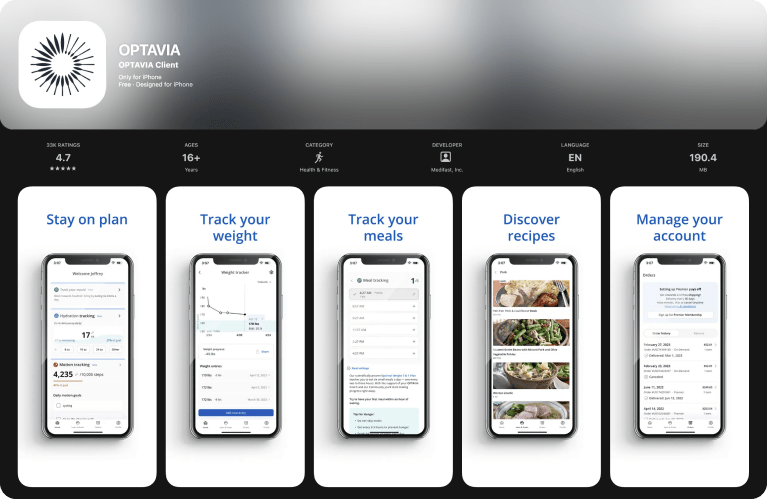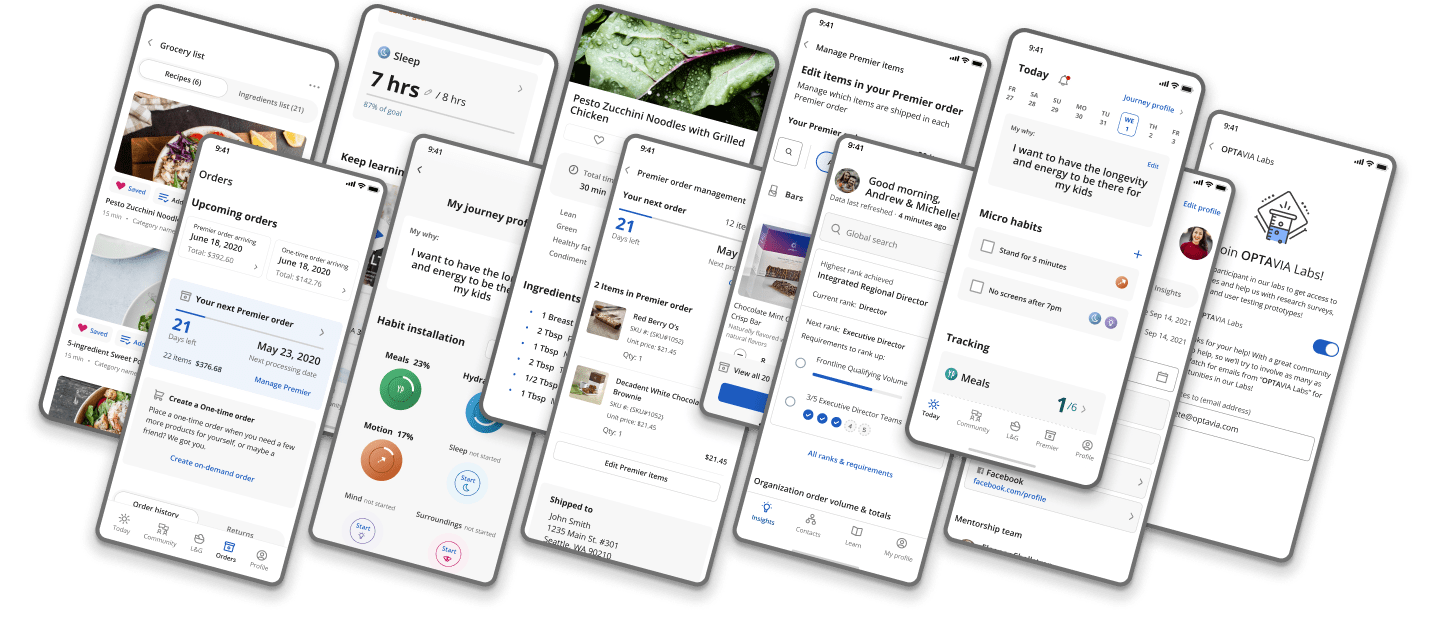2.3 → 4.7+ App Store Turnaround
A complete strategic overhaul of the flagship B2C mobile application.
My Role: Director of UX Product Design
Core Outcome: Transformed a 2.3-star app into a 4.7+ star, brand-defining asset, driving a +35% increase in user retention and a +40% increase in daily active users.
My Reflections (up front)
The 4.7-star rating is the headline, but the real success was building a happy, productive, and empowered team from scratch.
It's helpful to view the team as your product. By investing in your people, establishing clear processes, and fostering a "group project" mentality, you create a team that feels empowered to do its best work. That foundation is the only sustainable path to building a great, user-loved product.

The Challenge: A 2.3-Star Crisis of Trust & Alignment
When I joined, the flagship app was a significant business liability. It was a stalled handoff from an external agency with a 2.3-star rating, plagued by negative reviews citing poor usability, frequent crashes, and a confusing experience.
This wasn't just a UI problem; it was a symptom of deeper, systemic issues:
- Siloed Teams: A lack of trust and alignment between Design, Product, and Engineering
- Process Gaps: No internal design team or consistent, user-centered design process was in place
- Misaligned Mindset: The company viewed itself as a consumable products brand, not a digital experience company, making it difficult to get alignment on a path forward
- Eroding Trust: Users had lost faith in the product, leading to high app churn and escalating customer support costs
My mandate was not just to "fix the UI." It was to build a design organization from the ground up and lead a cultural and strategic transformation to save the product.
My Approach: A Three-Pillar Turnaround Strategy
I structured the transformation around three core pillars: Deep Diagnosis, Strategic Realignment, and Disciplined Execution.
My core philosophy was that the team is the primary product. A healthy, empowered, and high-performing team is the only way to create a great product.

Pillar 1: Deep Diagnosis – Creating Clarity from Ambiguity
To solve the right problems, we first had to understand the why behind the 2.3-star rating. I initiated a comprehensive discovery process to move beyond surface-level complaints.
Qualitative Analysis: We read thousands of App Store reviews and customer support tickets, grouping them into core themes. The top complaints were lack of applicable features to their needs, confusing navigation, and instability.
Quantitative Analysis: We dove into our analytics to find the hard data behind the sentiment, identifying key drop-off points in the user journey and features with near-zero engagement.
User Interviews: We partnered with the internal research team to conduct in-depth interviews with frustrated users, which confirmed our key insight: our app was seen as an unreliable obstacle, not a helpful companion.
Pillar 2: Strategic Realignment – Building the Team, Process, & Vision
With a clear diagnosis, the root cause was obvious: we couldn't build a great product until we built a healthy, aligned team and a shared company vision.
The Team as the Product: My first priority was investing in people. I built the product design organization from the ground up, hiring and mentoring designers. I instituted a new career ladder and mentorship program to empower them to do their best work.
Building the Product: I institutionalized new design process: user testing and a formal design critique ritual. This dramatically elevated the quality, craft, and consistency of our work.
Company Alignment: Armed with data and cross-functional alignment, we translated our findings into a new digital product vision with a huge push to evangelize a "digital-first" mindset to a company that was, until then, "offline-first."
Pillar 3: Disciplined Execution – De-Risking the Relaunch
With an empowered team and a clear roadmap, we moved into disciplined execution.
Iterative Development: We broke the overhaul into manageable Agile sprints, allowing us to deliver value incrementally and adapt to feedback.
Prototype & Test: We developed and tested interactive prototypes with real users before committing to code, validating our assumptions and de-risking development. This loop of "Prototype → Test → Iterate" ensured we were building the right solutions.
Phased Rollout: We launched the new experience to a small beta group first. This allowed us to monitor technical performance and gather final user feedback in a controlled environment before a full public release, ensuring a smooth launch.
The Results: Systemic Change Drives Quantifiable Success
This systemic approach was the catalyst for the outcome. We didn't just redesign an app; we changed how the organization built digital products. Over 18 months, we transformed the app from the company's biggest liability into one of its core assets.
| Key Metric | Result |
|---|---|
| B2C App Rating | 2.3 → 4.7+ |
| B2B App Rating | 4.9 |
| User Retention (90-Day) | +35% |
| Daily Active Users (DAU) | +40% |
| UX-Related Support Tickets | -75% |
